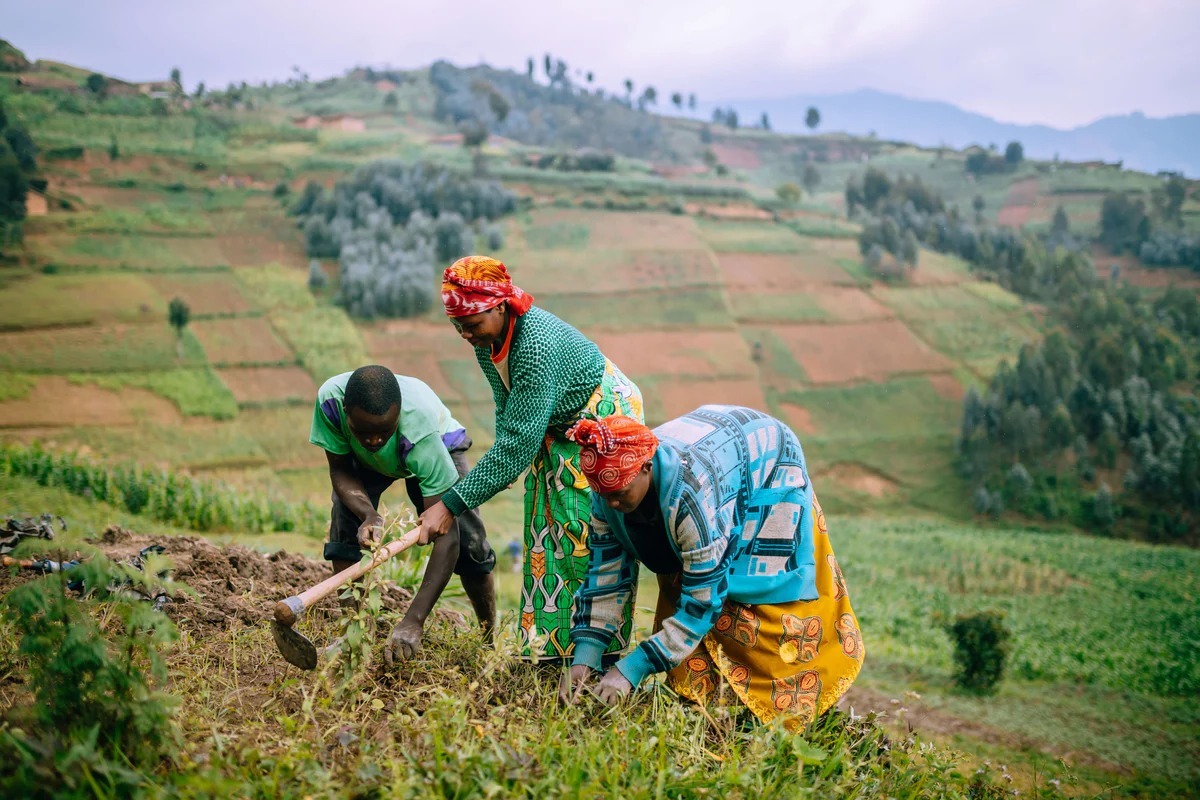
Reforestation is the process of planting trees in areas where forests have been cut down or destroyed. It's like giving nature a second chance to breathe and thrive. Trees are nature's superheroes, providing oxygen, homes for wildlife, and even helping to fight climate change by absorbing carbon dioxide. Imagine a world without lush green forests—pretty dull, right? That's why reforestation is so important. It helps restore ecosystems, protect biodiversity, and even supports local communities by creating jobs. Plus, it can prevent soil erosion and improve water quality. Whether it's planting a single sapling or thousands of trees, every effort counts. Reforestation isn't just about planting trees; it's about nurturing them to grow into mighty forests. So, next time you see a tree, remember it's part of a bigger picture—a greener, healthier planet for everyone.
What is Reforestation?
Reforestation is the process of planting trees in areas where forests have been cut down or destroyed. This practice helps restore the natural environment and combat climate change. Here are some intriguing facts about reforestation.
-
Reforestation vs. Afforestation: Reforestation involves replanting trees in areas that were once forested, while afforestation refers to planting trees in areas that have never been forests.
-
Carbon Sequestration: Trees absorb carbon dioxide from the atmosphere, making reforestation a powerful tool in reducing greenhouse gases.
-
Biodiversity Boost: Planting trees can restore habitats for wildlife, increasing biodiversity and helping endangered species thrive.
-
Soil Health: Trees prevent soil erosion and improve soil fertility by adding organic matter through fallen leaves and branches.
-
Water Cycle Regulation: Forests play a crucial role in maintaining the water cycle by absorbing rainfall and releasing water vapor into the atmosphere.
Why is Reforestation Important?
Reforestation is vital for the health of our planet. It provides numerous environmental, economic, and social benefits. Let's explore some key reasons why reforestation matters.
-
Climate Change Mitigation: By absorbing carbon dioxide, reforestation helps mitigate the effects of climate change and global warming.
-
Economic Opportunities: Reforestation projects can create jobs in tree planting, forest management, and eco-tourism.
-
Air Quality Improvement: Trees filter pollutants from the air, improving air quality and reducing respiratory illnesses.
-
Flood Prevention: Forests act as natural barriers, reducing the risk of floods by absorbing excess rainwater.
-
Cultural Significance: Many indigenous communities rely on forests for their cultural practices, food, and medicine.
How Does Reforestation Work?
Reforestation involves several steps and techniques to ensure the successful growth of new forests. Here are some insights into how reforestation is carried out.
-
Site Selection: Choosing the right location is crucial for successful reforestation. Factors like soil type, climate, and existing vegetation are considered.
-
Tree Species Selection: Selecting native tree species that are well-suited to the local environment ensures better survival rates.
-
Planting Techniques: Techniques such as direct seeding, planting seedlings, or using tree cuttings are employed based on the site conditions.
-
Maintenance and Monitoring: Regular maintenance, including watering, weeding, and protecting young trees from pests, is essential for their growth.
-
Community Involvement: Engaging local communities in reforestation efforts fosters a sense of ownership and ensures long-term success.
Challenges in Reforestation
Despite its benefits, reforestation faces several challenges that need to be addressed for effective implementation. Here are some of the hurdles.
-
Deforestation: Ongoing deforestation due to logging, agriculture, and urbanization can undermine reforestation efforts.
-
Climate Change: Changing climate conditions can affect tree growth and survival, making reforestation more challenging.
-
Invasive Species: Invasive plants and animals can outcompete native species, hindering reforestation success.
-
Funding and Resources: Limited financial resources and lack of technical expertise can impede reforestation projects.
-
Land Tenure Issues: Disputes over land ownership can delay or prevent reforestation initiatives.
Success Stories in Reforestation
Despite challenges, there are numerous success stories that highlight the positive impact of reforestation. Here are some inspiring examples.
-
The Great Green Wall: An ambitious project in Africa aims to plant a wall of trees across the continent to combat desertification and improve livelihoods.
-
China's Green Great Wall: China has planted billions of trees to combat desertification and improve air quality, resulting in significant environmental benefits.
-
Costa Rica's Forest Recovery: Through reforestation and conservation efforts, Costa Rica has doubled its forest cover in the past few decades.
-
India's Tree Planting Record: In 2017, India set a world record by planting over 66 million trees in a single day as part of its commitment to reforestation.
-
Eden Reforestation Projects: This organization has planted millions of trees worldwide, providing jobs and restoring ecosystems in impoverished communities.
The Green Path Forward
Reforestation isn't just about planting trees; it's about restoring ecosystems and fighting climate change. Every tree planted helps absorb carbon dioxide, provides habitats for wildlife, and supports biodiversity. It's a powerful tool against deforestation and land degradation. Communities worldwide are recognizing its importance, with many initiatives aiming to plant billions of trees. But it's not just about quantity; the right species in the right places matter. This ensures the health of forests and their ability to thrive. Individuals can contribute by supporting reforestation projects or even planting trees in their own backyards. Small actions can lead to significant impacts. As we move forward, let's prioritize sustainable practices and conservation efforts. Together, we can create a greener, healthier planet for future generations. Let's make reforestation a key part of our environmental strategy and watch the world flourish.
Was this page helpful?
Our commitment to delivering trustworthy and engaging content is at the heart of what we do. Each fact on our site is contributed by real users like you, bringing a wealth of diverse insights and information. To ensure the highest standards of accuracy and reliability, our dedicated editors meticulously review each submission. This process guarantees that the facts we share are not only fascinating but also credible. Trust in our commitment to quality and authenticity as you explore and learn with us.


